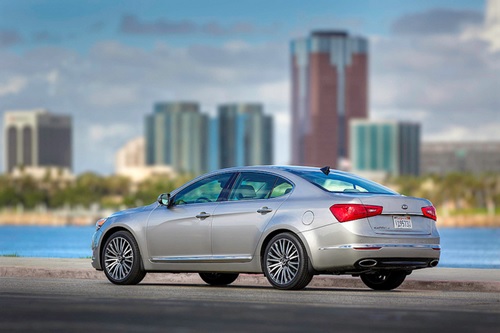Millions of board flights and take to the skies every year, but do we really understand what’s going on up there? The technology of flying is pretty complicated for us to get our heads around and whether we understand it or not, it is still going to happen.
Here are some fascinating facts about aeroplanes that may shock you:
How does a jumbo jet take flight?
At some point or another, you must have questioned the technicalities of how a huge jumbo jet, weighing more than 400 tonnes when fully loaded can possibly take flight.
Well thanks to the special aviation fuel that packs in an immense amount of energy per unit of weight, aeroplanes have the power to take to the skies. The jet engines also play a huge role in powering a jumbo jet as they pump out 1,000 kilo-newtons of thrust – this is 50 times more that is produced by the fastest Porsche car.
For an aeroplane to successfully take to the skies it requires about 30 seconds of generating speed on the ground – this is why airports have such long runways. If the aeroplane has not gathered enough speed, it will not be able to successfully take off the ground.
The wings on an aeroplane are designed in such a way to lift the plane into the air. Wings are angled slightly upwards, forcing air under the wing which helps push the plane up.
What causes your ears to pop?
Ears pop as the plane climbs higher and the atmosphere outside becomes thinner. Aeroplanes are artificially pressurised to a level that is different from the atmospheric pressure we are used to on the ground.
As the aeroplane climbs higher, air that is trapped in our bodies from the standard atmospheric pressure starts to expand. This can cause discomfort to your ears, swallowing, yawning or holding your nose and gently blowing will normally equalise the pressure and ease any discomfort felt.
What if an Aeroplane gets hit by lightening?
All pilots are given regular updates of incoming storms when in the sky; this allows them to avoid most storms by flying round them or above them. However, it is not always possible for a pilot to completely avoid a storm.
Although flying through a storm can be quite disturbing, it is important to say that the safest place to be in an electrical storm is inside a metal cage – such as an aircraft. Direct lightening strikes may cut an aeroplanes electrics out – however all aeroplanes have built-in lightening protection systems in place.
Another nifty fact is that no modern aircraft has ever been brought down by turbulence or a storm.
What if someone tries to open a door during flight?
It is easy to let your mind run wild when sitting on an aircraft and one thing you may have considered is the possibility of someone trying to open a door during flight and the consequences of this.
If a regular flyer, you may have noticed the command ‘Doors to automatics and cross check’ – to you and me, this would mean to check the doors are locked. However, to the cabin crew, this means to put the inflatable evacuation slides on to automatic in case of an emergency.
It is virtually impossible to open an aeroplane door during flight, this is because of the way they swing – inwards first and then outwards – and the fact that air pressure is so much higher in the cabin in comparison to the pressure outside the aeroplane.




